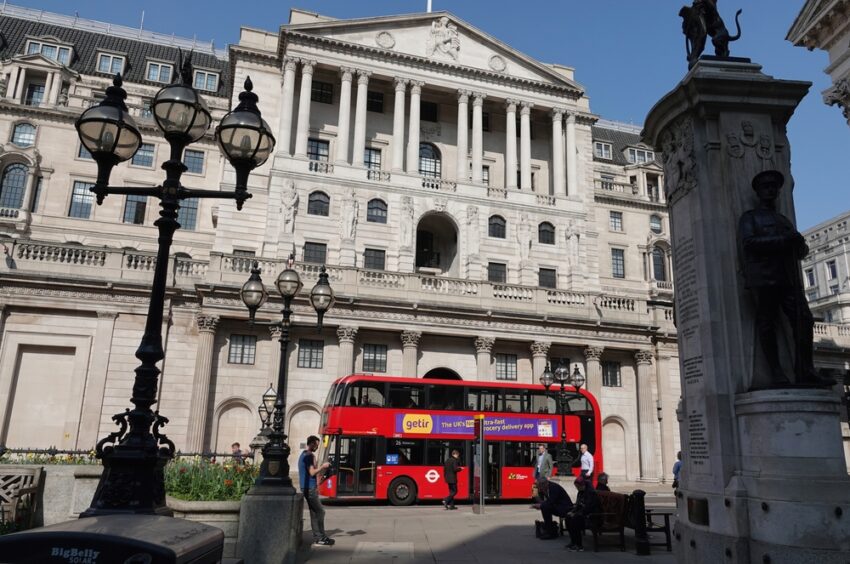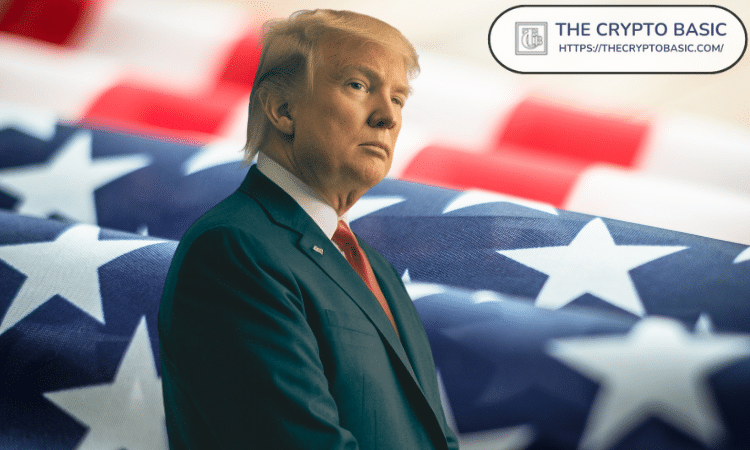Andhra Pradesh overruled advice of energy, finance departments to sign large Adani solar deal, documents show
Andhra Pradesh finance department said state could bargain for cheaper deal as it was offering payment guarantee – documents
The approach from the Solar Energy Corporation of India (SECI) on September 15, 2021 came out of the blue. The federal agency, tasked with developing the solar sector, wanted to know if the south-eastern state of Andhra Pradesh would like to sign India’s largest renewables contract.
Two years earlier, Andhra Pradesh’s energy regulator had said in a 10-year forecast the state had no short-term need for solar power, and should focus on other renewables that could provide 24-hour energy.
But just a day after SECI approached the state government, the 26-member state cabinet led by Chief Minister YS Jagan Mohan Reddy gave the deal its preliminary approval, according to cabinet records seen by Reuters.
While SECI’s Sept. 15 letter did not name the energy supplier, it was publicly known at the time that the federal agency had only contracted with two suppliers, the larger of which was controlled by billionaire Gautam Adani, according to past statements from the two companies.
By November 11, the state government had secured the nod from the energy regulator. On December 1, state authorities signed a procurement agreement with SECI for the deal, which could eventually be worth over $490 million annually.
As much as 97 per cent of that will go to Adani Green, the renewables unit of the billionaire’s Adani Group conglomerate, according to documents related to the agreement, reviewed by Reuters.
The news agency spoke to a former state power regulator and an energy legal expert who said the 57 days between SECI’s approach to the state government and regulatory approval from the Andhra Pradesh Electricity Regulatory Commission (APERC) for the 7,000 megawatt deal was unusually fast, although timeframes for such deals can vary.
The solar deal is now under scrutiny by US prosecutors, who indicted Adani and seven other executives in November for alleged involvement in a bribery and securities fraud scheme involving several Indian states and one territory.
US prosecutors allege that $228 million was offered to an unnamed Andhra Pradesh official by the defendants to direct the state’s electricity distribution companies to purchase the solar power supplied to SECI by Adani Green.
Reuters reviewed 19 state government documents, many of them previously unreported, and interviewed more than two dozen state and federal officials about the deal, as well as independent energy and legal professionals. Most of the people spoke on condition of anonymity due to the sensitivity of the matter.
Together they provide a picture of how political leaders overruled advice from finance and energy officials in order to approve the massive Adani deal. Some officials have publicly described the contract as likely to strain the state’s coffers, potentially leaving taxpayers on the hook for thousands of megawatts of energy that Andhra Pradesh does not need.
Adani Green did not respond to Reuters’ questions about the alleged corruption nor the speed of the approval process. Adani Group has previously called the allegations “baseless.”
SECI told Reuters in a statement it was up to states and their regulators to decide how much power to purchase. It declined to answer other questions.
The office of Reddy, who was not named in the U.S. indictment and lost power in an election this year, referred Reuters to a Nov. 28 statement in which he denied being bribed and justified the deal on grounds it provided free power to farmers. Reddy’s office declined to answer other questions.
APERC, which regulates the state’s power sector and was responsible for due diligence on the deal, did not respond to repeated requests for comment on its processes and the US allegations.
The current state government also did not respond to requests for comment.
DUE DILIGENCE
For most of September 15, 2021 then-energy minister Balineni Srinivasa Reddy was unaware of any potential solar deal, he told Reuters.
But late that night, he received a call from a person in his office, whom he did not identify, about a proposal that required his signature for discussion in cabinet the next day, said Srinivasa Reddy, who joined a rival party this year.
“Never before” had he been so rushed to approve files, he said, and he was not given “details or time to study the matter.”
Srinivasa Reddy said he signed off after being assured by a senior official at his department, whom he also did not identify, that the contracting party was SECI. He said he had “no idea the supplier was Adani.”
Srikant Nagulapalli, who declined to comment, was then the top civil servant in Srinivasa Reddy’s department. Reuters could not establish if Reddy consulted him or if he provided assurances about the deal.
The next day, cabinet approved the deal “in principle,” according to minutes from the cabinet meeting, allowing the regulatory process to be fast-tracked.
On October 21, the Andhra Pradesh Power Coordination Committee (APPCC) – which had been tasked with studying the deal after the preliminary approval – filed a report recommending the deal.
The committee was established by the state government to coordinate between state-owned distribution companies; its members include the state’s top energy official and company executives.
Seven days later, the Andhra Pradesh cabinet officially committed to procuring 7,000 megawatts from SECI.
In doing so, it overrode advice from officials at the finance and energy departments that the contract did not represent good value.
On October 28 – the same day as the cabinet meeting that approved the deal but before the greenlight was given – the finance department made a submission to the cabinet stating there was an industry trend of falling solar prices and that future agreements would likely be cheaper, according to cabinet minutes.
It said Andhra Pradesh had leverage because the government was the buyer, offering the supplier security that a default would be unlikely.
The treasury also questioned the duration of the 25-year contract, especially since supply was scheduled to start only in 2024, according to the minutes. The treasury said it believed costs could continue to fall in the period between agreeing the contract and power being supplied.
The energy department endorsed the treasury’s advice.
The records of the cabinet deliberations do not document any discussion about the finance and energy departments’ concerns beyond a statement in the minutes that the cabinet was “duly overruling the finance remark.”
Andhra Pradesh will pay ₹2.49 per kilowatt-hour when the solar power comes online, according to the agreement.
An Adani Green spokesperson told Reuters that supply would be delayed beyond 2024, citing delays in “grid availability.”
However, an analysis released by the office of Chief Minister N Chandrababu Naidu – who ousted Reddy’s government in elections this year – found the state would likely have to pay more, because the contract did not account for certain taxes and duties that are typically included in such calculations.
A state official familiar with the matter said Andhra Pradesh is likely to pay as much as 23 per cent over the price it agreed in the Adani contract once the taxes and duties are included.
Andhra Pradesh is now seeking to suspend the deal due to the indictment of Gautam Adani. A decision could come by year-end, an official told Reuters.
If the Adani deal goes ahead, the state treasury will be directly on the hook for solar bills running hundreds of millions of dollars annually, according to Reuters’ review of contract documents. Annual payments to Adani once the power supply is fully operational will be roughly equal to state spending on social security and nutrition programs for the previous fiscal year.









Leave a Comment